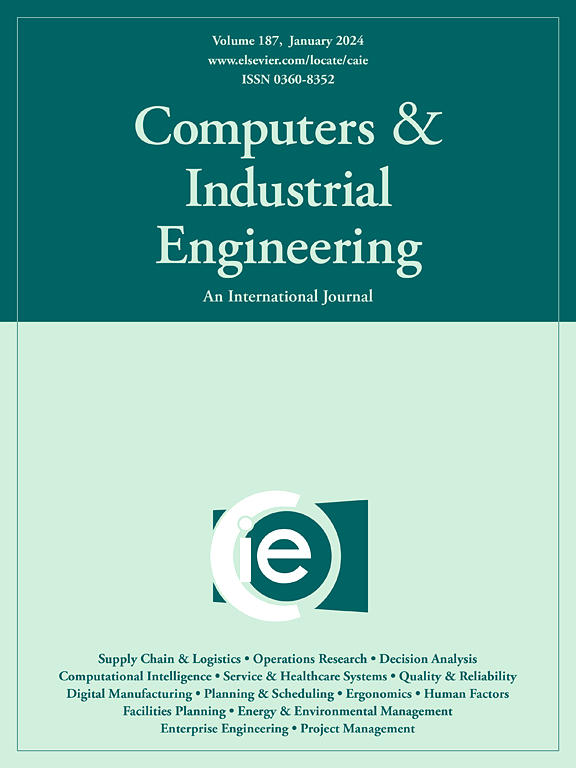基于混合离散hopfield神经网络的逻辑挖掘方法
IF 6.7
1区 工程技术
Q1 COMPUTER SCIENCE, INTERDISCIPLINARY APPLICATIONS
引用次数: 0
摘要
逻辑挖掘作为数据挖掘中的一种知识提取工具,越来越受到研究者的关注。尽管取得了成功,但现有逻辑挖掘方法的局限性往往被忽视,阻碍了在二值分类任务中寻找最优解。为了解决这些挑战,本文引入了一种新的逻辑挖掘方法,该方法使用y型随机2可满足性逻辑规则,结合离散Hopfield神经网络中的混合机制。第一个贡献涉及混合差分进化算法的结合,以加速在训练阶段的突触权值的优化。此外,通过提出群体突变算子增强了检索阶段,该算子使最终神经元状态多样化,从而扩大了解空间。在此基础上,采用改进的逆向分析方法优化属性选择,生成最有效的训练逻辑。为了证明所提出的逻辑挖掘方法的有效性,使用模拟和现实世界的数据集进行了实验。结果表明,所提出的模型在所有性能指标上都明显优于基线模型。该研究的结论是,增强的逻辑挖掘技术有效地捕获了数据集的知识,促进了透明的决策,使其成为研究人员和从业者的宝贵工具。本文章由计算机程序翻译,如有差异,请以英文原文为准。
Logic mining method via hybrid discrete hopfield neural network
The growing interest in logic mining as a knowledge extraction tool in data mining has attracted considerable attention from researchers. Despite the success, the limitations of existing logic mining methods are often overlooked, hindering the search for optimal solutions in binary classification tasks. To address these challenges, this paper introduces a novel logic mining approach using the Y-type Random 2 Satisfiability logical rule, combined with hybrid mechanisms within the Discrete Hopfield Neural Network. The first contribution involves the incorporation of a Hybrid Differential Evolution Algorithm to accelerate the optimization of synaptic weights during the training phase. Additionally, the retrieval phase is enhanced by proposing a swarm mutation operator, which diversifies the final neuron states, thereby broadening the solution space. Furthermore, an improved reverse analysis method is applied to optimize attribute selection and generate the most effective training logic. To demonstrate the efficacy of the proposed logic mining approach, experiments were conducted using both simulated and real-world datasets. The results indicate that the proposed model significantly outperforms baseline models across all performance metrics. The study concludes that the enhanced logic mining technique effectively captures the knowledge of datasets and facilitates transparent decision-making, making it a valuable tool for both researchers and practitioners.
求助全文
通过发布文献求助,成功后即可免费获取论文全文。
去求助
来源期刊

Computers & Industrial Engineering
工程技术-工程:工业
CiteScore
12.70
自引率
12.70%
发文量
794
审稿时长
10.6 months
期刊介绍:
Computers & Industrial Engineering (CAIE) is dedicated to researchers, educators, and practitioners in industrial engineering and related fields. Pioneering the integration of computers in research, education, and practice, industrial engineering has evolved to make computers and electronic communication integral to its domain. CAIE publishes original contributions focusing on the development of novel computerized methodologies to address industrial engineering problems. It also highlights the applications of these methodologies to issues within the broader industrial engineering and associated communities. The journal actively encourages submissions that push the boundaries of fundamental theories and concepts in industrial engineering techniques.
 求助内容:
求助内容: 应助结果提醒方式:
应助结果提醒方式:


